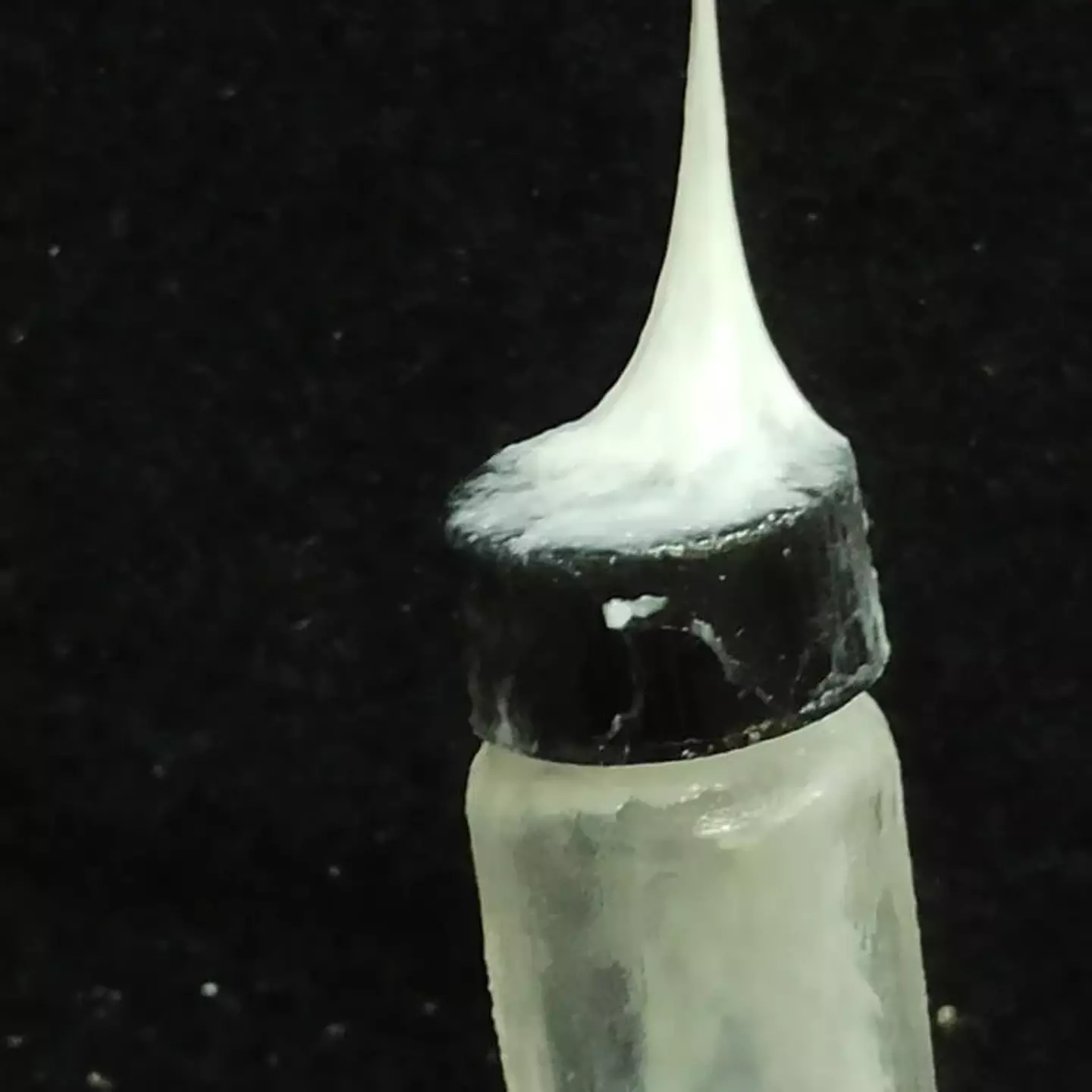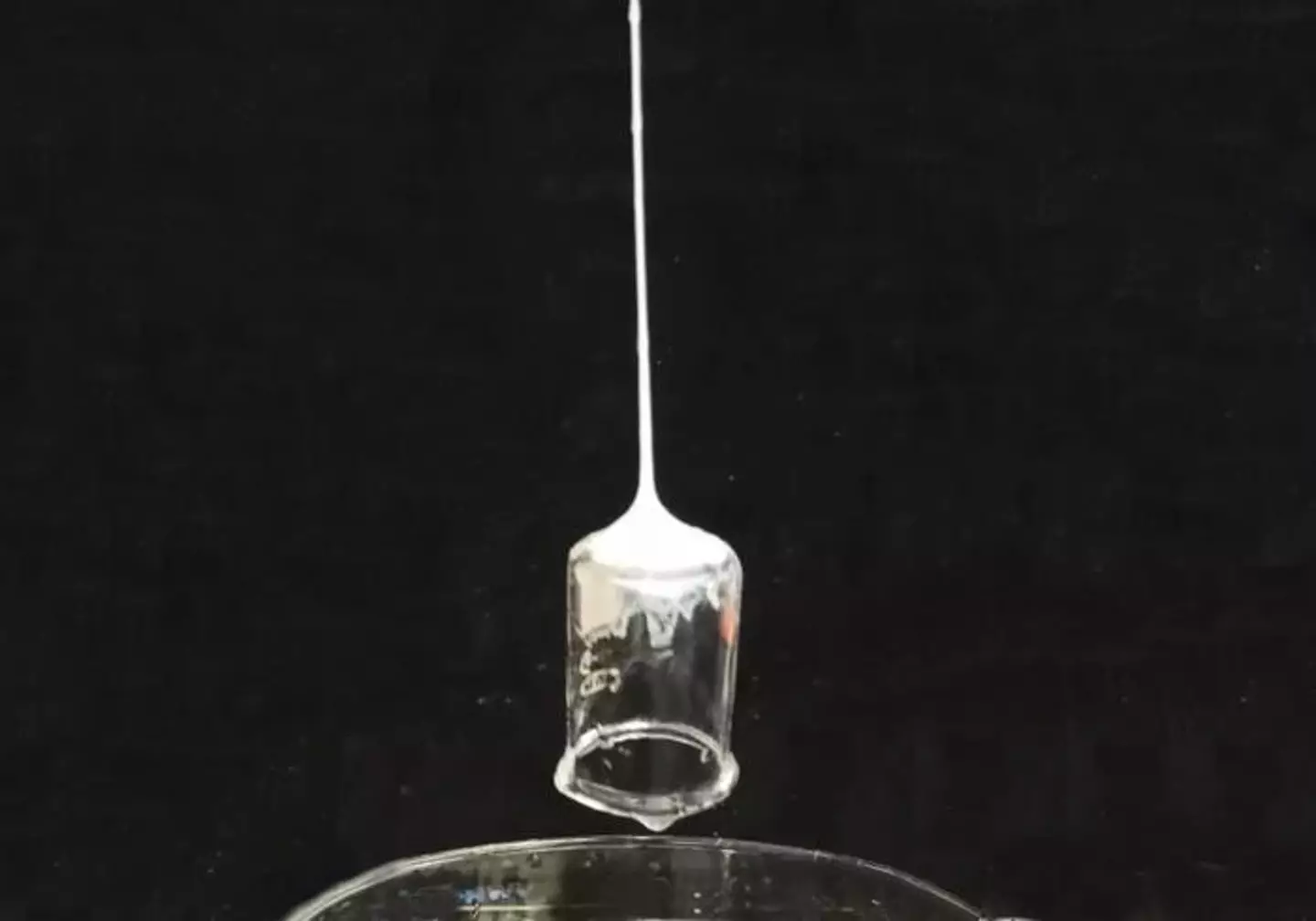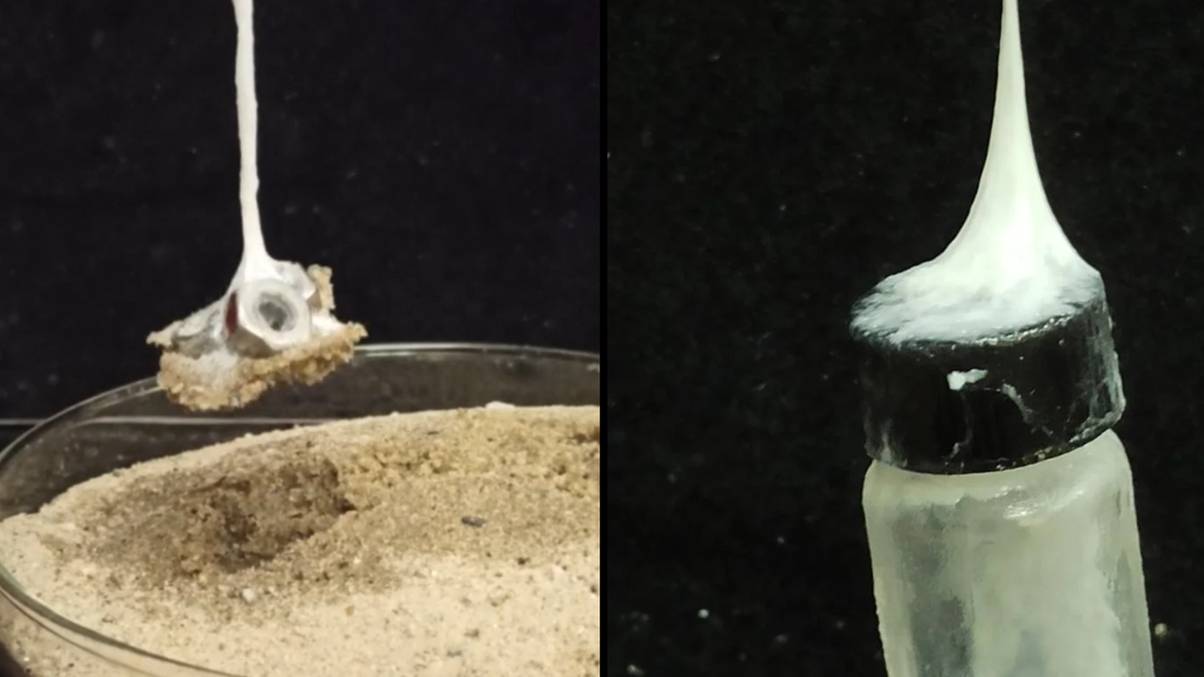“Unveiling the Future: Could Spider-Man’s Web-Slinging Dream Become Our Reality with New Breakthrough Technology?”
In a twist that feels straight out of the pages of a comic book, scientists in the United States have stumbled upon a technology reminiscent of Spider-Man’s iconic web-slinging abilities. Imagine zipping between skyscrapers, or, at the very least, picking up objects way heavier than yourself using a fluid that solidifies into a string—sounds like something right out of a Marvel movie, doesn’t it? This all came about quite accidentally at Tufts University, where researchers, in their quest for super-strong adhesives, accidentally created this innovative web material inspired by—who else?—every kid’s favorite neighborhood superhero! With Spider-Man’s cultural influence reignited by recent blockbuster portrayals, the timing couldn’t be better for news of this groundbreaking technological leap. Could we be on the verge of a real-life web-slinger? Buckle up, because the future might just be swinging our way! LEARN MORE.
Scientists in the United States have ‘accidentally’ created Spider-Man like web slinging technology that could pave the way for incredible technological applications.
Created by Stan Lee back in 1962, the Marvel web slinger is one of the most iconic superheroes of all time.
In more recent years, his popularity has boomed once again following the casting of Tom Holland as Peter Parker in the Marvel Cinematic Universe, building on the on-screen popularity given to the character by Tobey Maguire in the early 2000s.

Tom Holland as Spider-man during filming with co-star and real life partner, Zendaya (MediaPunch/Bauer-Griffin/GC Images)
Known throughout the world for his ability to swing from buildings in his red and blue suit with spider-like web, the character is embedded in modern pop culture, with pretty much every kid pretending they can shoot web from their wrist and fly across the sky.
Now, things are starting to get pretty real when it comes to making a real life Spider-Man. Or rather, the ability to use the web slinging technology we’ve seen across multiple films, comic books, and TV shows.
Researchers at Tufts University in Somerville, Massachusetts, took those imaginary scenes seriously and have created the first web-slinging technology in which a fluid material can shoot from a needle, immediately solidify as a string, and adhere to and lift objects.
It sounds too good to be true, it was discovered completely be accident according to the team carrying out the research. You can see the discovery in action below:
“I was working on a project making extremely strong adhesives using silk fibroin, and while I was cleaning my glassware with acetone, I noticed a web-like material forming on the bottom of the glass,” said Marco Lo Presti, research assistant professor at Tufts.
The sticky fibers, created at the Tufts University Silklab, come from silk moth cocoons and are boiled in solution and broken down into their building block proteins called fibroin.
The silk fibroin solution can be extruded through narrow bore needles to form a stream that, with the right additives, solidifies into a fiber when exposed to air.
Nature is the original inspiration for deploying fibers of silk into tethers, webs, and cocoons. Spiders, ants, wasps, bees, butterflies, moths, beetles, and even flies can produce silk at some point in their lifecycle.

Picking up a bottle with the web slinging tech (Marco Lo Presti, Tufts University)
The world we live in also served as the inspiration for Silklab to pioneer the use of silk fibroin to make powerful glues that can work underwater, printable sensors that can be applied to virtually any surface, edible coatings that can extend the shelf life of produce, a light collecting material that could significantly enhance the efficiency of solar cells, and more sustainable microchip manufacturing methods.
With the web slinging tech, the researchers enhanced the silk fibroin-dopamine solution with something called chitosan, which is a derivative of insect exoskeletons that gave the fibers up to 200 times greater tensile strength. This was alongside borate buffer, which increased their adhesiveness about 18-fold.
As a result of the work, the technology can pick up objects more than 80 times their own weight. Lo Presti said: “If you look at nature, you will find that spiders cannot shoot their web.
“They usually spin the silk out of their gland, physically contact a surface, and draw out the lines to construct their webs.

An amazing discovery (Marco Lo Presti, Tufts University)
We are demonstrating a way to shoot a fiber from a device, then adhere to and pick up an object from a distance. Rather than presenting this work as a bio-inspired material, it’s really a superhero-inspired material.”
Natural spider silk is still about 1000 times stronger than the man-made fibers in this study. But with a little added imagination and engineering, the innovation will continue to improve and pave the way for a variety of technological applications.
Fiorenzo Omenetto, Frank C. Doble Professor of Engineering at Tufts University and director of the Silklab, said: “We can be inspired by nature. We can be inspired by comics and science fiction. In this case, we wanted to reverse engineer our silk material to behave the way nature originally designed it, and comic book writers imagined it.”














